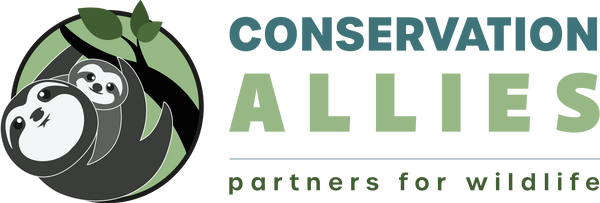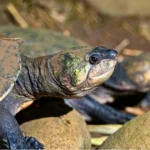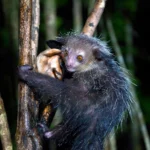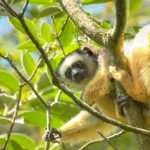The Ultimate Conservation Allies Donation Guide: Find The Right Cause For You
While most NGOs collect donations into a general pool, our donation model allows you to decide exactly where you want your money to go. We have 27 Conservation Partners throughout Madagascar and Latin America, each working on unique projects to conserve their area’s biodiversity. We want you to be able to find the Partner and cause that you feel most connected with so that you can feel great about your decision to donate.
Note: As our administrative costs are completely covered by our board members, 100% of your donation goes to your chosen Partner or Appeal. Plus, donations are being DOUBLED up to $7,5000 per Partner by our board until December 31, 2023. That means for every dollar you donate, TWO dollars are being sent to the cause of your choice. Individual donations must be under $2,000 to be matched.
What’s the difference: Partners vs Urgent Appeals
Partners
Each of our Partners is a vetted conservation non-profit organization that has proven themselves to be highly effective. By donating to a Partner, you are gifting into their general fund and allowing them to use that money where it is most needed. A list of our Partners can be found here. Click on any Partners logo to read more about their story and work.
Conservation Allies has been catalytic in helping us save one of the most biologically import tropical forests.
Dr. Randrianjafizanaka, Regional Director of Association Fanamby
Urgent Appeals
Several of our Partners are urgently fundraising for a specific cause, such as the purchase of an at-risk section of rainforest, or increasing patrols against wildlife crime in the habitat of a critically endangered species. These are referred to as Urgent Appeals and can be found here. Click on any Appeal photo to learn more about the project.
Meet Our Partners: Madagascar
Antrema Miray
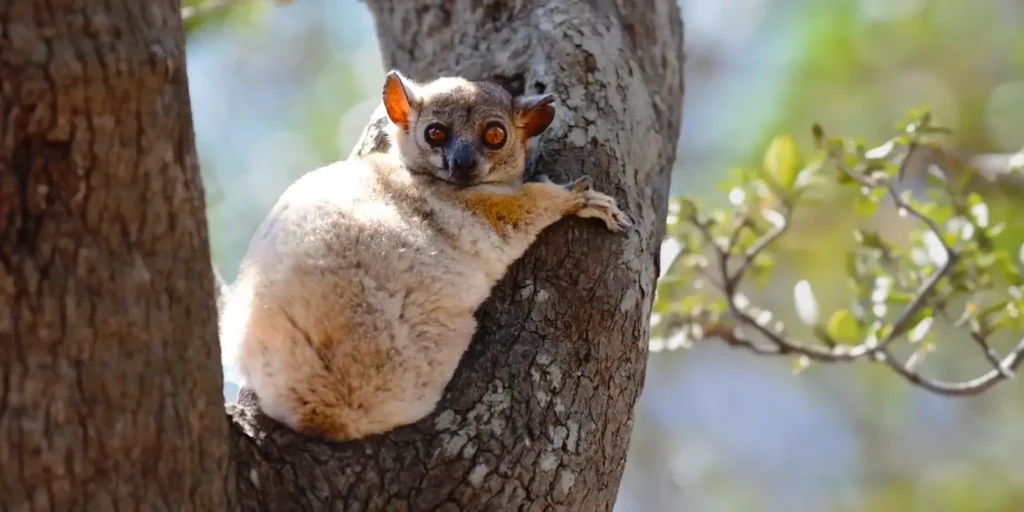
Antrema Miray accelerates sustainable development, and the conservation of biodiversity and cultural heritage in Antrema, an area over 50,000 acres and including 2,500 acres of marine reserve. The conservation of this area is extremely meaningful from both biodiversity and cultural perspectives. Antrema Miray collaborates with local communities to acheive their conservation goals, providing environmental education, social and sustainable development support, and wildlife conflict resolution.
ASITY Madagascar
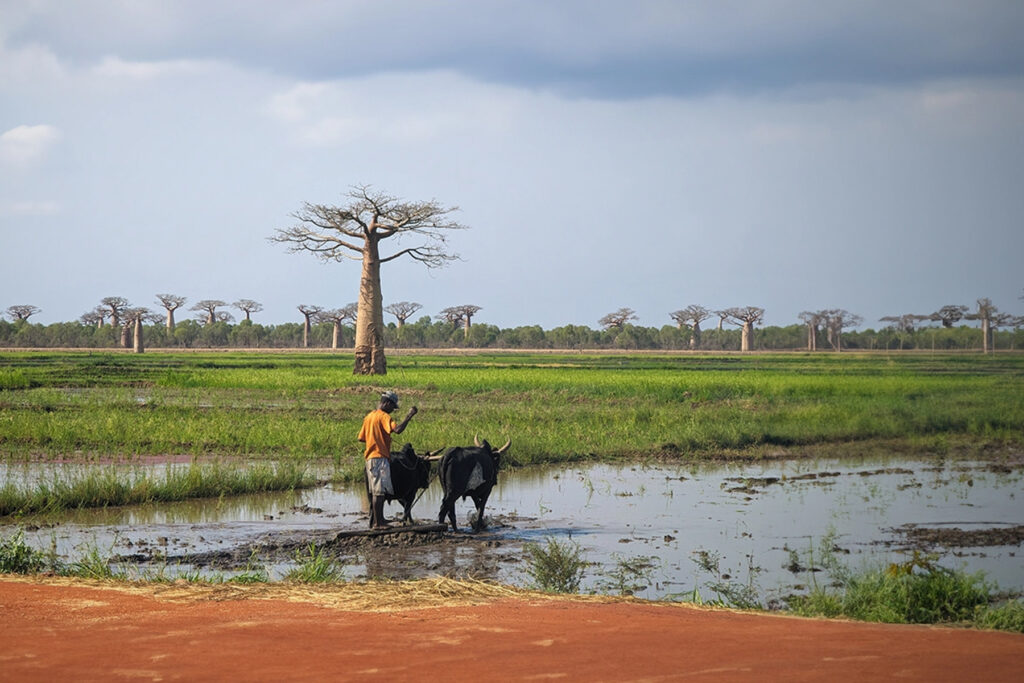
ASITY conserves the biodiversity of Madagascar through sustainable development and community education, monitoring, and target-species research. They manage four Protected Areas: The Mahavavy-Kinkony Wetlands Complex, the Mangoky-Ihotry Wetlands Complex, the extensive lowland forest of Tsitongambarika, and the 24,760 acres of Torotorofotsy wetlands. ASITY palces a strong emphasis on the sustainable management of biodiversity in collaboration with communities.
Association Analasoa
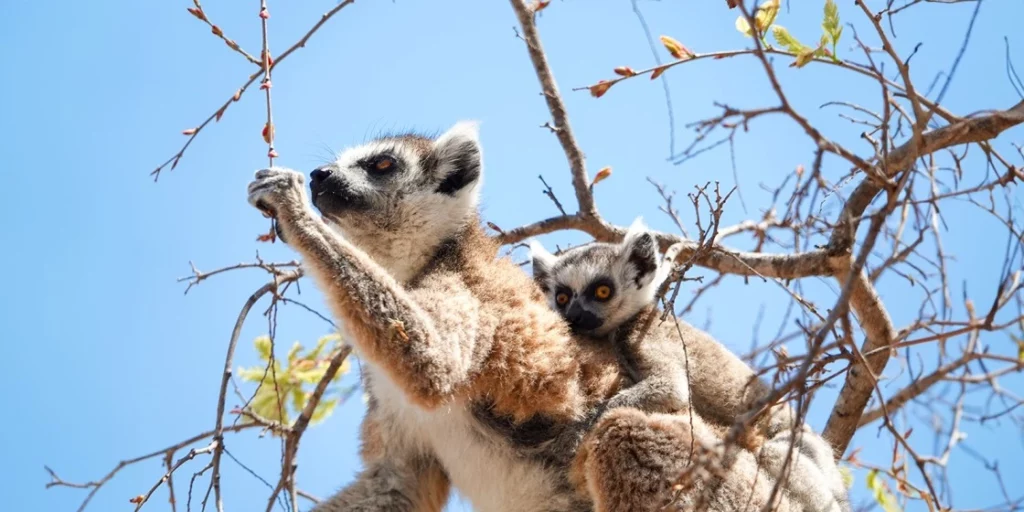
Association Analasoa manages the conservation of Tsimanampesotse, an areas containing an exceptionally high number of endemic species and considered to be one of the world’s highest conservation priorities. They manage a variety of conservation and sustainable development programs, including empower local communities to shift their understanding of conservation, managing educational nurseries, implementing capacity-building programs, and much more.
Association Fanamby

Created to ensure the sustainable management of protected landscapes and seascapes in Madagascar, Fanamby plays a critical role in conserving and restoring over 1.3 million acres across Madagascar. They pioneer nature-based businesses, such as ecotourism, to promote biodiversity conservation. They also support farmer cooperatives, connecting international buyers to local farmers, as well as manage reforestation projects, community environmental education, and protected area patrols.
Association Mitsinjo
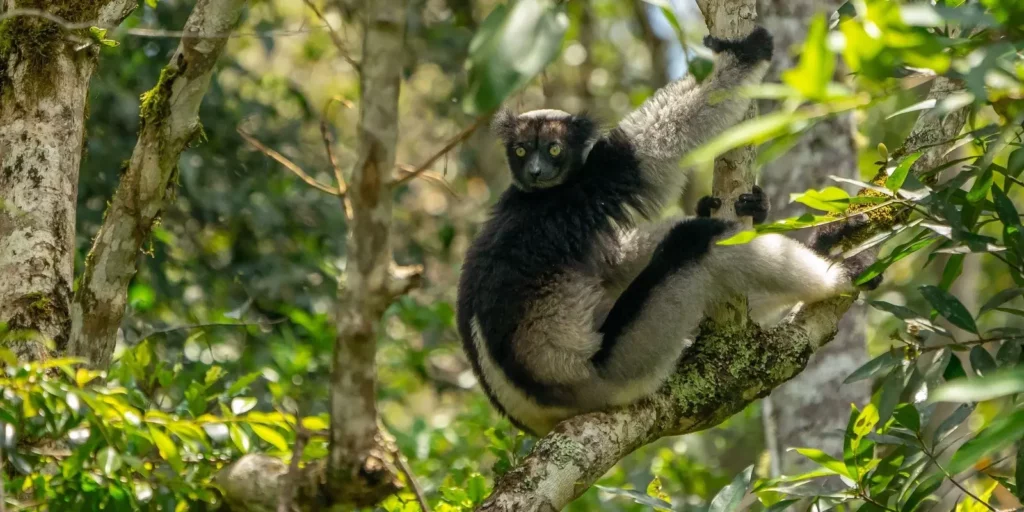
Founded and run by the local community, Association Mitsinjo manages the conservation of Analamazaotra Forest Station, a nature reserve 2,896 acres in size. All of their projects are community-based ad tackle a variety of challenges, including reforestation, environmental education, sustainable development, and wildlife conservation.
Fikambanana Bongolava Maitso
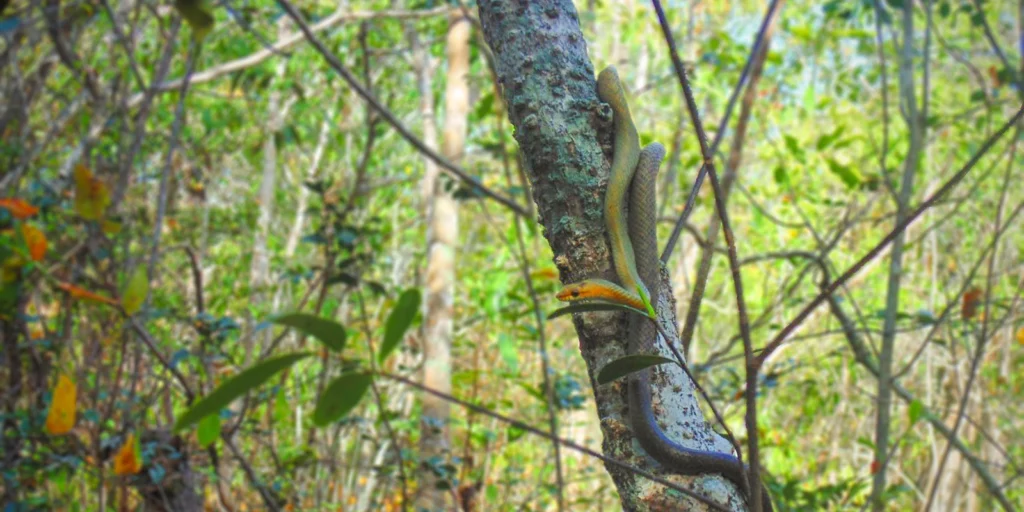
Fikambanana Bongolava Maitso is largely run by farmers living around the Bongolava Forest Corridor Protected Area in Madagascar. They are reducing the poverty rate in rural areas through biodiversity conservation, sustainable natural resource management, and community involvement.
FOSA Association
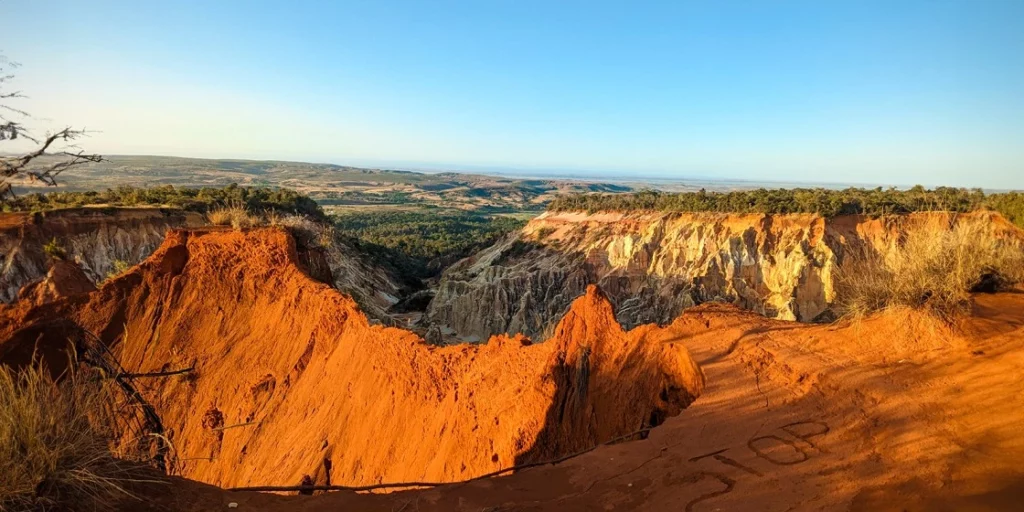
The FOSA Association is a young organizations mainly run by local residents that is accelerating wildlife conservation within Ankarafantsika National Park. They have also created women’s associations, which is unique, as women are oftentimes not included in conservation initiatives in Madagascar.
GERP (Groupe d’Étude et de Recherche sur les Primates de Madagascar)
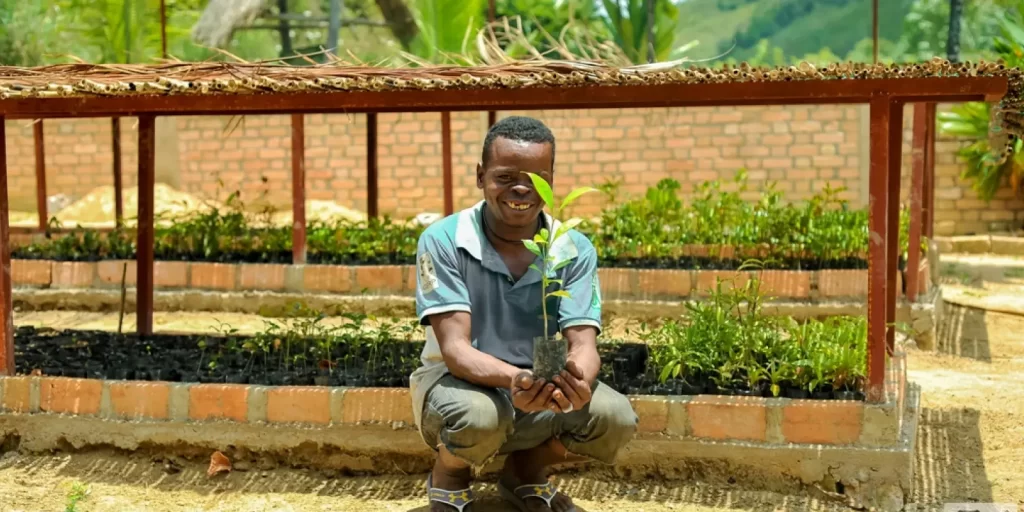
GERP is a leader in Madagascar primate conservation and focuses their efforts into four sectors: Research and Conservation, Community Health and Engagement, Livelihood Development, and Education. They have been protecting lemurs for over 25 years by actively working to preserve lemur habitat, creating sustainable development solutions, and advancing research on lemur behavior, ecology, and population dynamics.
IMPACT Madagascar
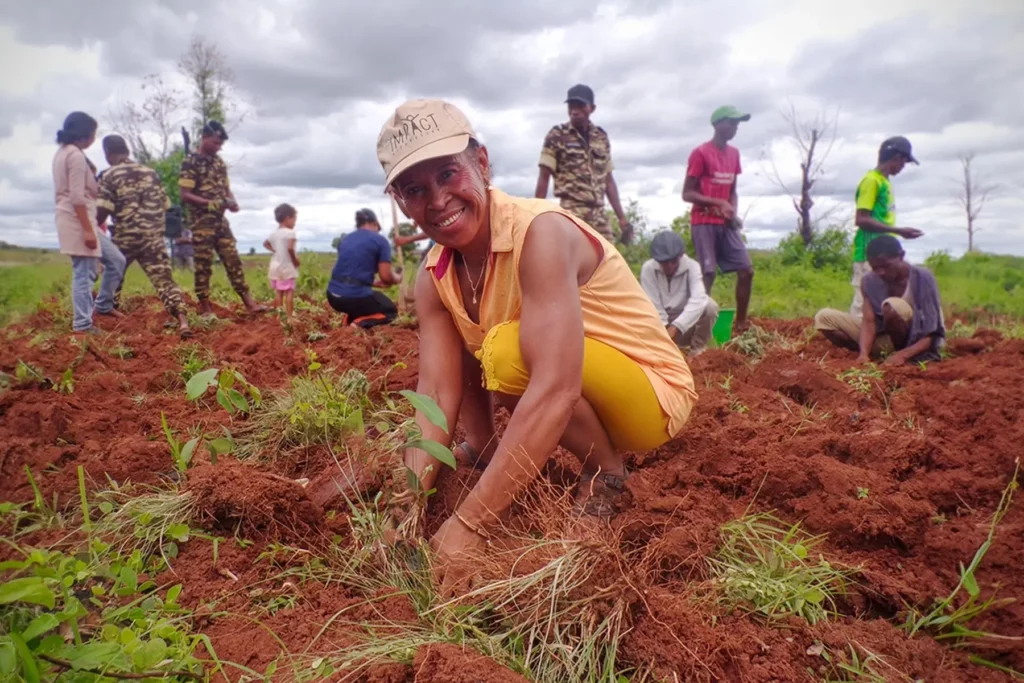
IMPACT Madagascar is implementing and sustaining actions for change that will benefit and empower local communities. From development and biodiversity conservation to recycling and arts education, they sponsor a variety of projects that will aid in building a bright and sustainable future for the people and wildlife of Madagascar. They work to conserve Madagascar’s unique biodiversity while improving the lives of people.
Lemur Conservation Foundation
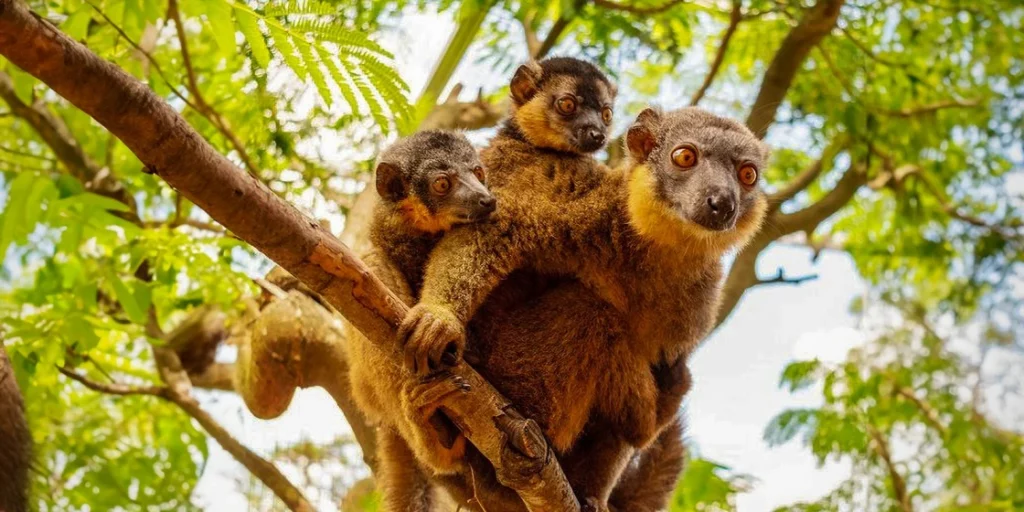
Dedicated to the preservation and conservation of the primates of Madagascar, The Lemur Conservation Foundation manages several conservation initiatives, including managed breeding, scientific research, education, and art. They have a home-base in Florida, where about 50 lemurs live in their natural forest enclosures to safeguard against extinction, and they also do extensive conservation monitoring, reforestation, and sustainable development work on the ground in Madagascar.
Madagascar Biodiversity Partnership
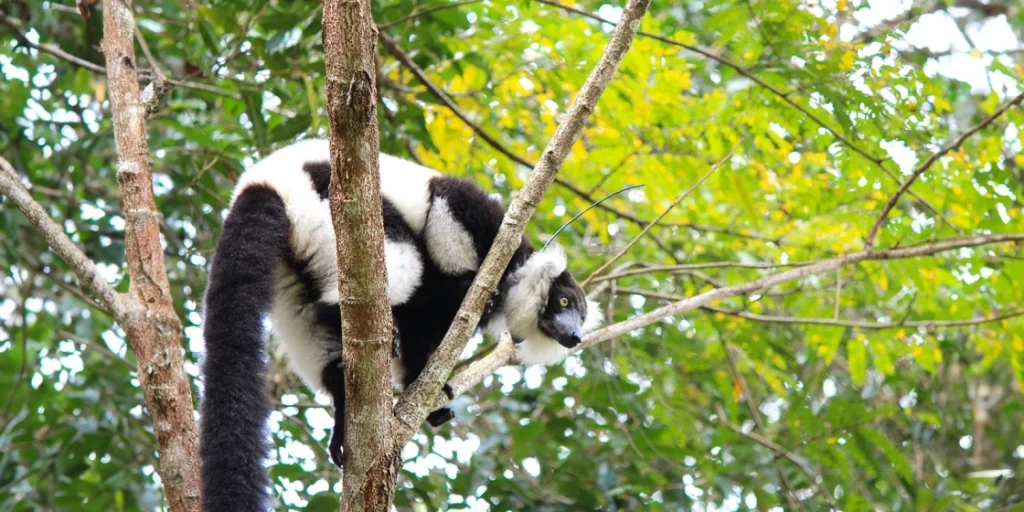
Madagascar Biodiversity Partnership operates in four unique regions across Madagascar to conserve the at-risk wildlife species of Madagascar. They manage a variety of conservation projects, with an emphasis on sustainable community development and reforestation— they have planted over 6 million indigenous trees since 2012.
Madagascar Wildlife Conservation
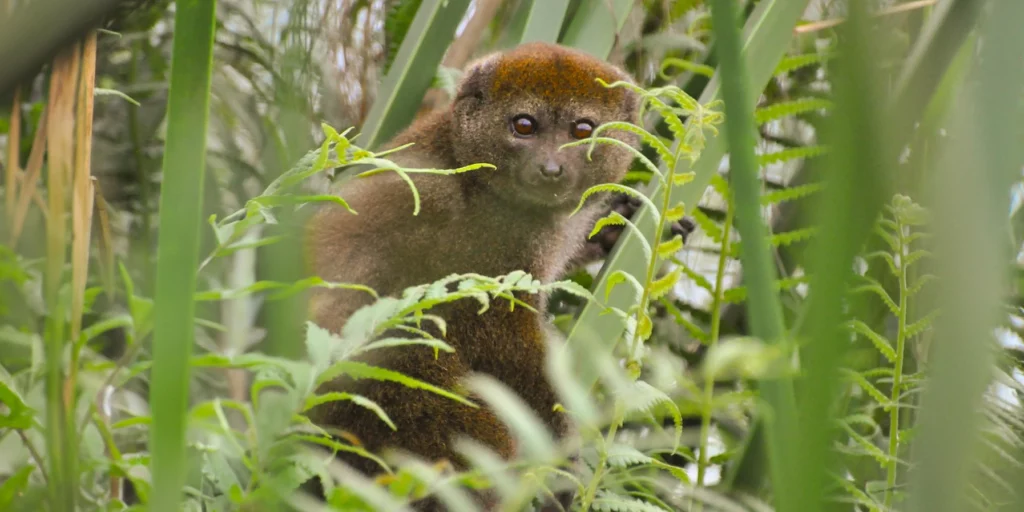
Madagascar Wildlife Conservation is leading conservation in the Alaotra Lake area with the overarching aim of saving the Critically Endangered Alaotran gentle lemur from extinction. Their longterm initiatives include biodiversity conservation and research, environmental education, implementing mechanisms for sustainable resource use, and ecotourism development. MWC co-manages the special conservation zone and leads successful restoration activities in Park Bandro, home to the largest sub-population of the Alaotran gentle lemur.
Madagasikara Voakajy
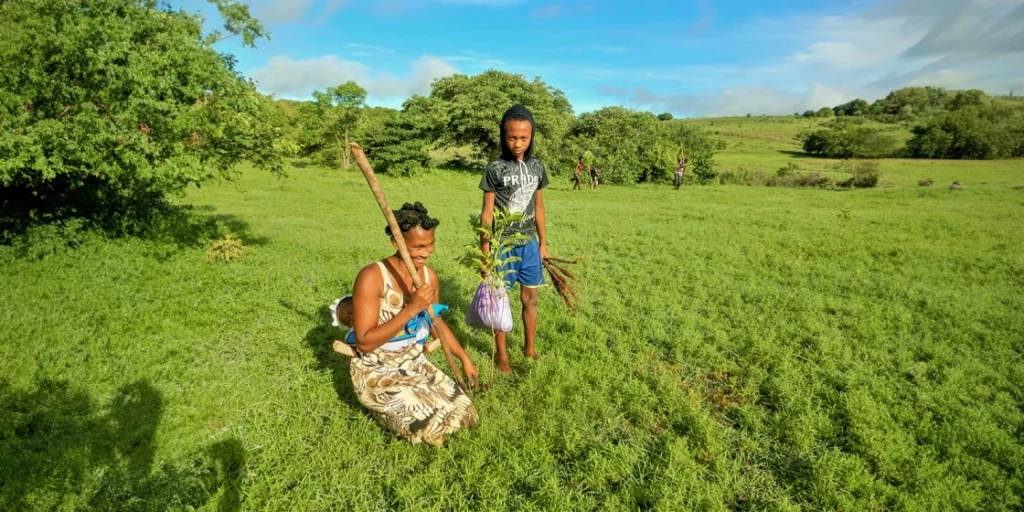
About Madagasikara Voakajy
Madagasikara Voakajy is conservation non-profit organization based in Bobaomby, Madagascar, that is dedicated to the conservation of endemic and critically endangered species in Madagascar. Their mission is to save Madagascar’s endemic species from extinction in the wild while taking a locally-led approach to conservation.
Mikajy Natiora
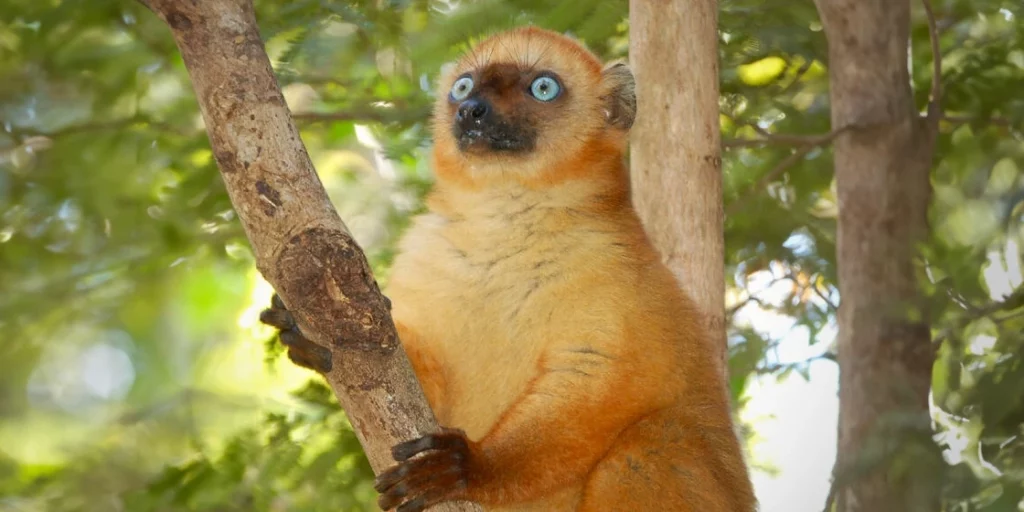
Mikajy Natiora is protecting Madagascar’s endemic flora and fauna in the Andilambologno forest, an area that is not legally protected but that is incredibly rich in biodiversity. Their conservation strategies include forest patrols, reforestation and rewilding, and community education and development.
Ny Tanintsika

Ny Tanintsika, meaning “Our Land” in Malagasy, has the mission of reducing poverty while promoting sustainable natural resource management and conservation. In their words, they are working to see more “Healthy people who take charge of their own development, living in harmony with a flourishing natural world in a fair society.”
Meet Our Partners: Latin America
ADOPTA Bosque Panamá (Adopt A Panama Rainforest Association)
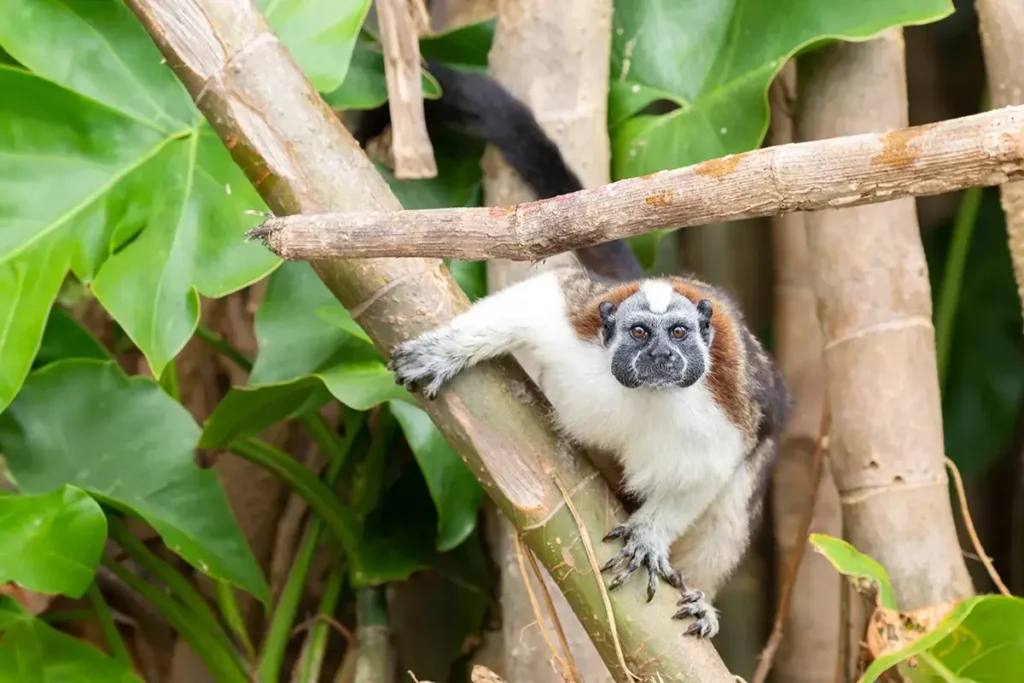
ADOPTA is a non-profit organization in Panama that identifies areas with exceptional biodiversity that lack legal protections. They then work to guarantee the permanent protection of these areas through land purchases.
Cambugán Foundation (Fundación Cambugán)
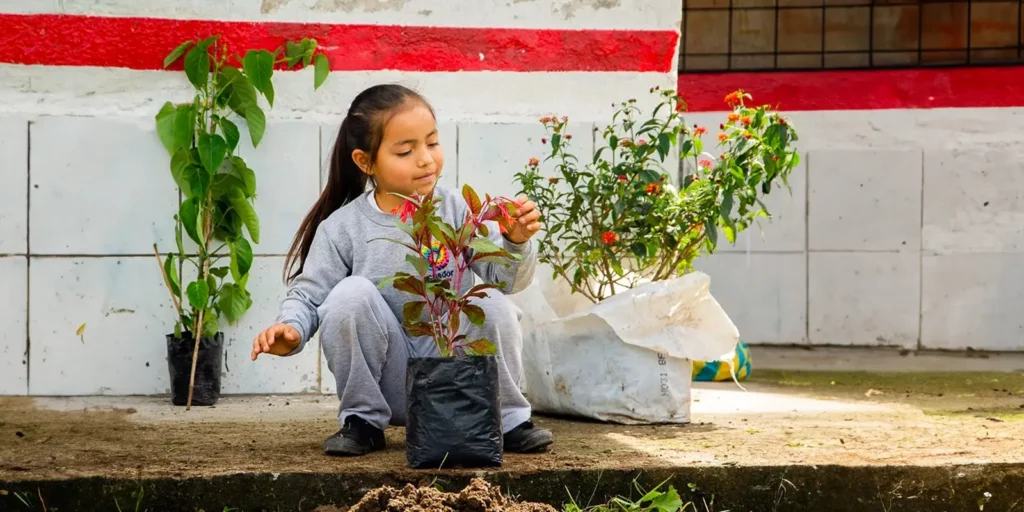
The Cambugán Foundation is an Ecuadorian non-profit organization dedicated to empowering communities and fostering positive and meaningful change. Cambugán believes that everyone deserves access to basic needs, education, and opportunities for personal and professional growth. Their mission is to create sustainable programs and initiatives that address these fundamental areas, promoting social equality and enhancing the quality of life for those in need.
Cristalino Ecological Foundation (Fundação Ecológica Cristalino)
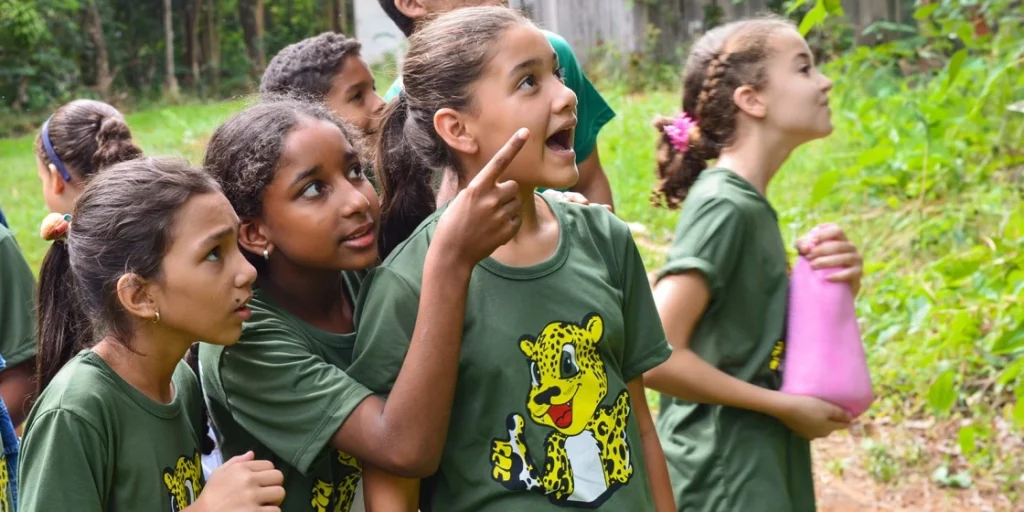
The Cristalino Ecological Foundation is a non-profit organization that leads biodiversity conservation activities and projects in the region of Alta Floresta in the State of Mato Grosso, Amazon, Brazil. They manage the Private Natural Heritage Reserves, which covers a total area of 17,297 acres, help in the management and conservation of other areas in Brazil, covering an additional 10,081 acres. The Cristalino Ecological Foundation has three main areas of focus: scientific research, conservation of rainforests and protected areas, and environmental education projects.
Kawsay Biological Station
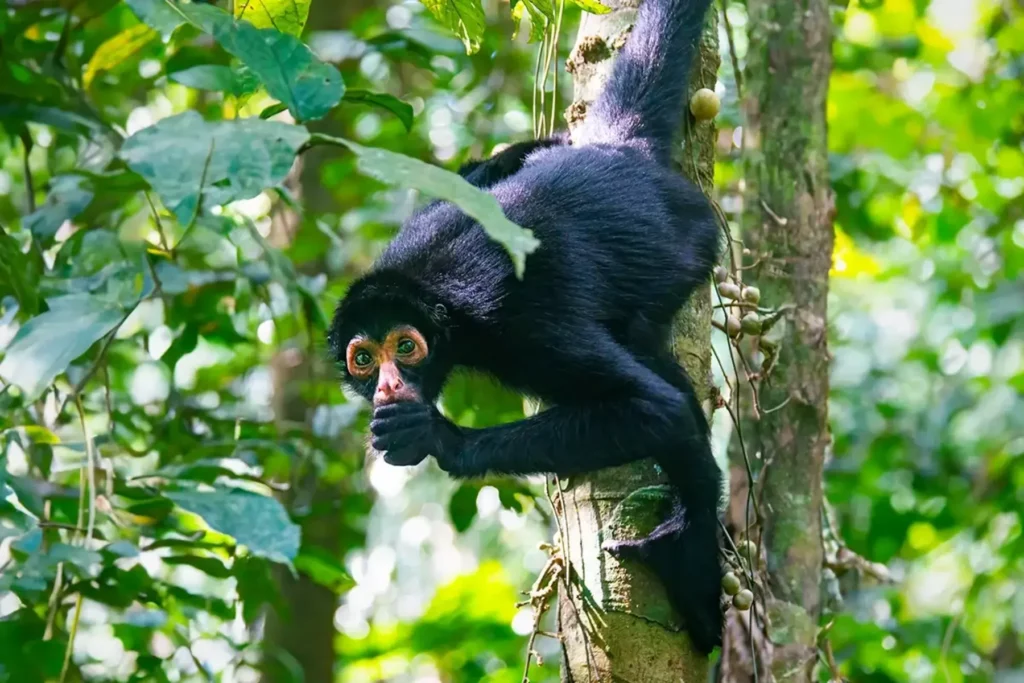
The Kawsay (Quechua word for life) Biological Station is a wildlife research non-profit located in Madre de Dios, Peru — one of the most biodiverse areas on the planet. Kawsay is committed to forest conservation monitoring, providing education, and managing research programs, which are available to everyone, whether they are a conservation professional or not. One of Kawsay’s major current projects is the reintroduction of a population of Endangered Black-faced spider monkeys to the area.
Moisés Bertoni Foundation (Fundación Moisés Bertoni)
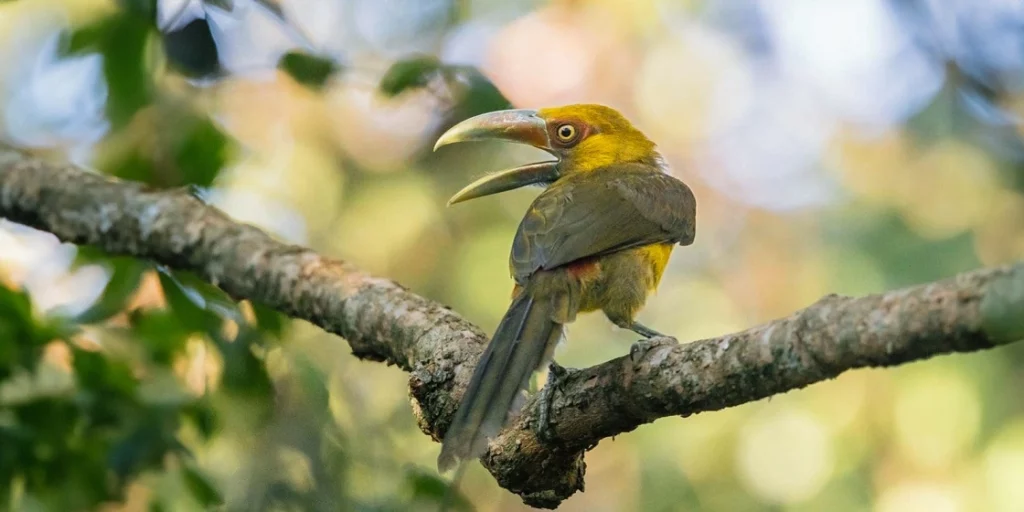
The Moisés Bertoni Foundation is an environmental conservation non-profit organization that works to protect the natural resources of Paraguay. Their mission is to create innovative solutions for sustainable development through nature conservation and social responsibility, encouraging the active participation of the locals. They specialize in sustainable development and protect two private natural reserves: the Mbaracayú Natural Forest Reserve and the Tapyta Nature Private Reserve.
Neotropical Primate Conservation
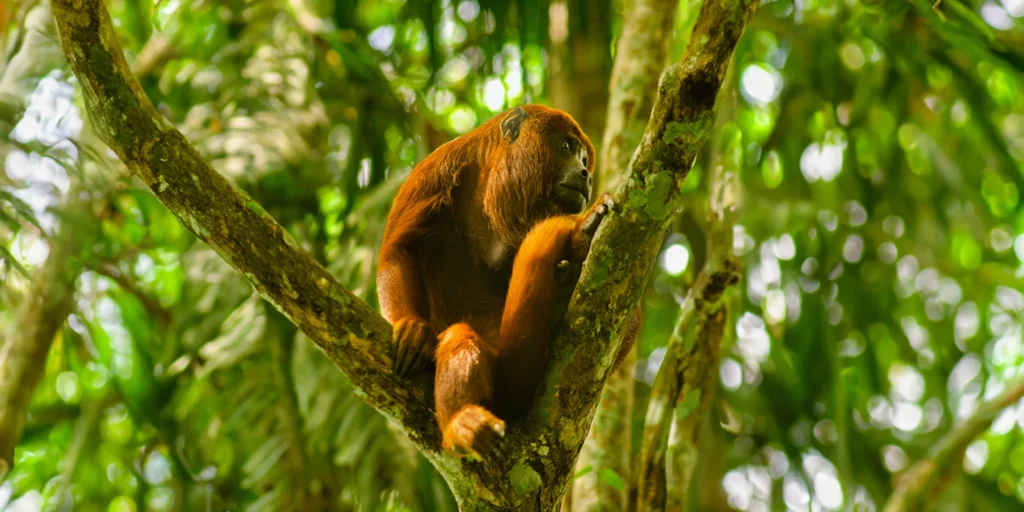
Neotropical Primate Conservation (NPC) is a non-profit organization that works throughout Peru, Colombia, Argentina, and the UK that uses primates as flagship species to spearhead conservation efforts, but their work doesn’t only benefit primates. In order for primates to survive in the wild, they need a thriving ecosystem, which means NPC’s efforts also go towards protecting all the other species that call the rainforest their home. Locals are heavily involved in the conservation work of NPC, and their projects ensure sustainable access to natural resources for local communities.
Ornithological Society of Córdoba (Sociedad Ornitológica de Córdoba, SOC)
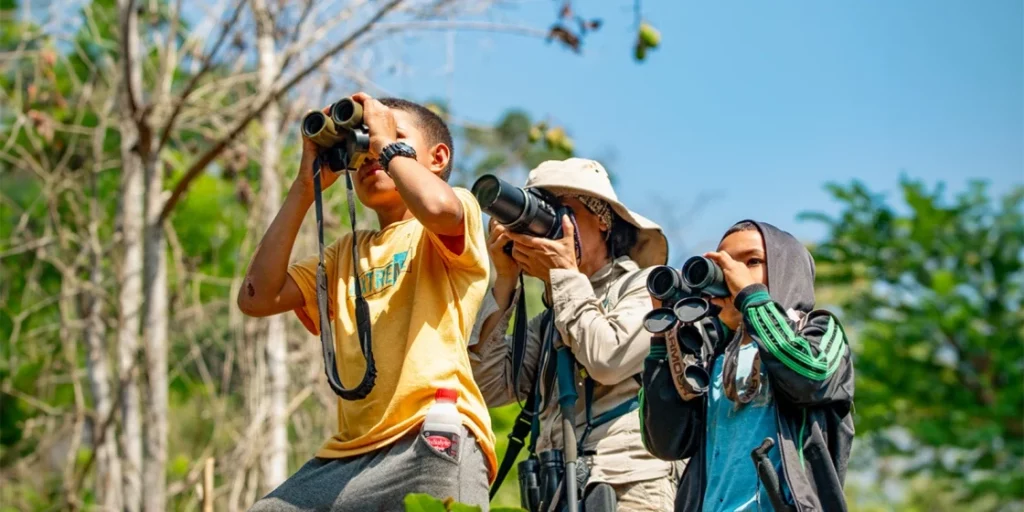
The Ornithological Society of Córdoba (SOC) is an early-career non-profit organization based in the city of Monteria, Colombia. Their aims are: (1) to promote the study, research, and dissemination of ornithology at various academic, educational, and recreational levels, (2) to establish the principles of harmonious coexistence with nature, and (3) to promote social and sustainable economic development of nature.
Patagonia Natural Foundation
Info coming soon
ProAves Foundation
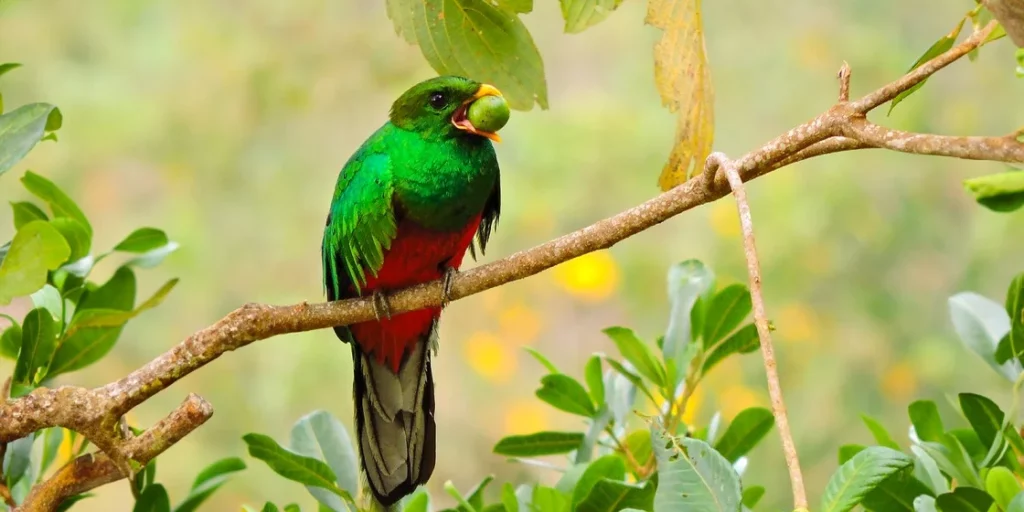
The ProAves Foundation was hatched 25 years ago by a group of Colombian conservationists desperate to save the Yellow-eared parrot from the brink of extinction. They succeeded in what is widely considered one of the greatest species revivals ever documented. Inspired by this new hope, ProAves expanded its efforts to save other globally threatened species, especially birds and amphibians throughout Colombia, by means of research, innovative conservation actions, and community outreach. The mission of ProAves Foundation is to protect birds and biodiversity in Colombia through research, specific conservation actions, and outreach with the community.
SalvaMontes Colombia
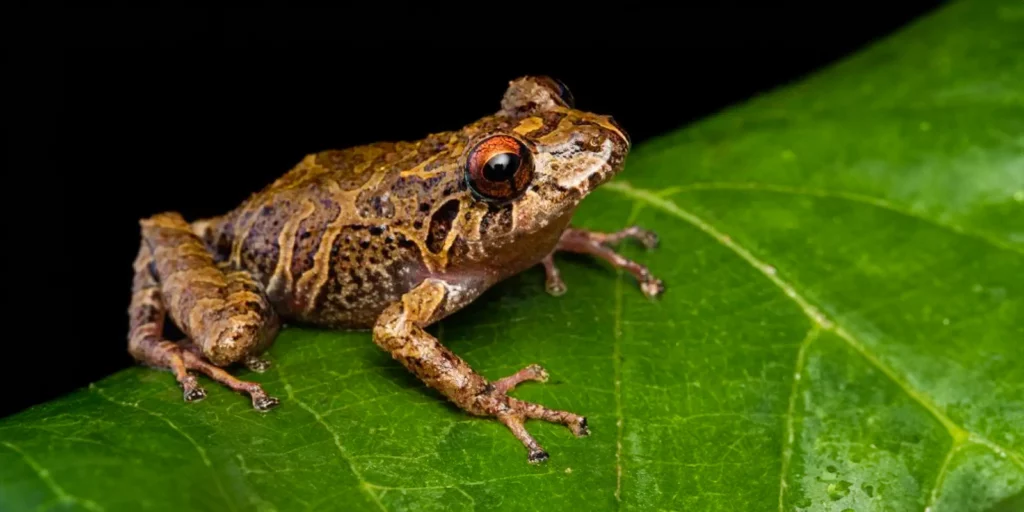
SalvaMontes Colombia is a non-profit organization in Colombia that focuses primarily on the biodiverse extreme north of the Tropical Andes hotspot. Managing 2,900 acres of natural reserves of cloud forests, they safeguard over 16 Threatened species. Their efforts center on the Alto de Ventanas, a significant biologically rich area at Colombia’s northern central Andes.
Tesora Escondido Reserve Foundation
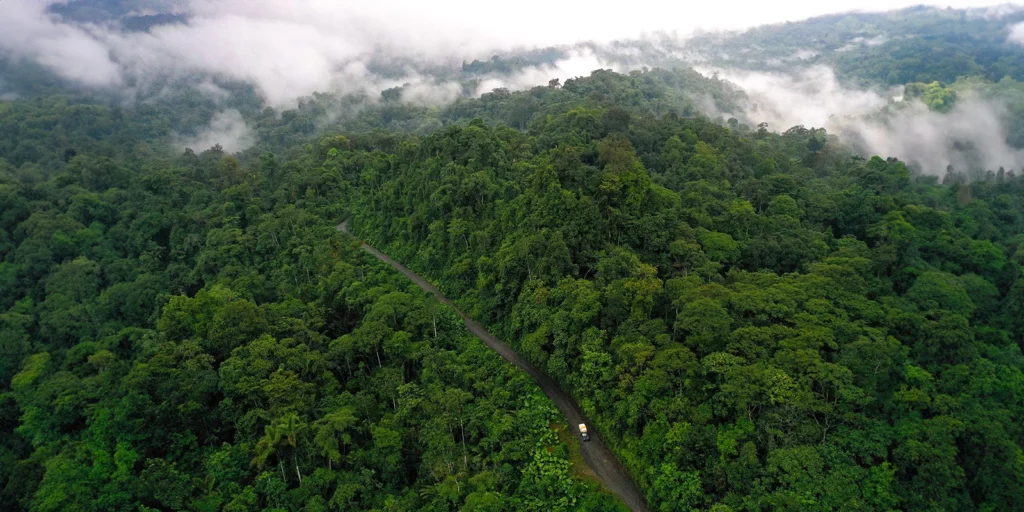
The Tesoro Escondido Reserve Foundation works to conserve the highly threatened lowland Ecuadorian Chocó forest through participatory scientific research, environmental education, and sustainable community projects. It protects a 5,000 acre nature reserve that many endangered and endemic species depend upon for their survival, including the Ecuadorian brown-headed spider monkey.
How To Donate
To donate to a Partner, click on their logo to navigate to their Partner page through this page. Then, click the yellow Donate To [Partner Name] button on the upper-left side of the screen and fill out the donation form
To donate to an Urgent Appeal, navigate to the appeal through this page and clicking on the title of photo of the appeal you are interested in supporting. Then, click the yellow Support button on the upper-right section of the screen and fill out the donation form.
Note: You can also donate to our general fund and we will route your donation to a Partner that is most in need. To do this, simply click on the yellow Donate button in our header (top right section of any page), the yellow Donate Now button on the right side of the screen, or using the donation form on this page. We have additional ways you can donate, including by phone, physical check, PayPal, and Venmo. For more details on all donation methods, see our Ways To Give page.
We are truly grateful for each and every donation that we receive. Thank you for supporting wildlife and biodiversity conservation!
